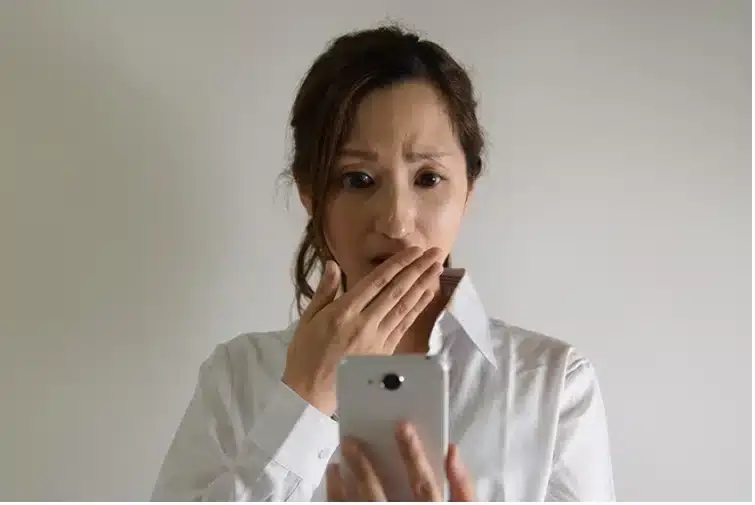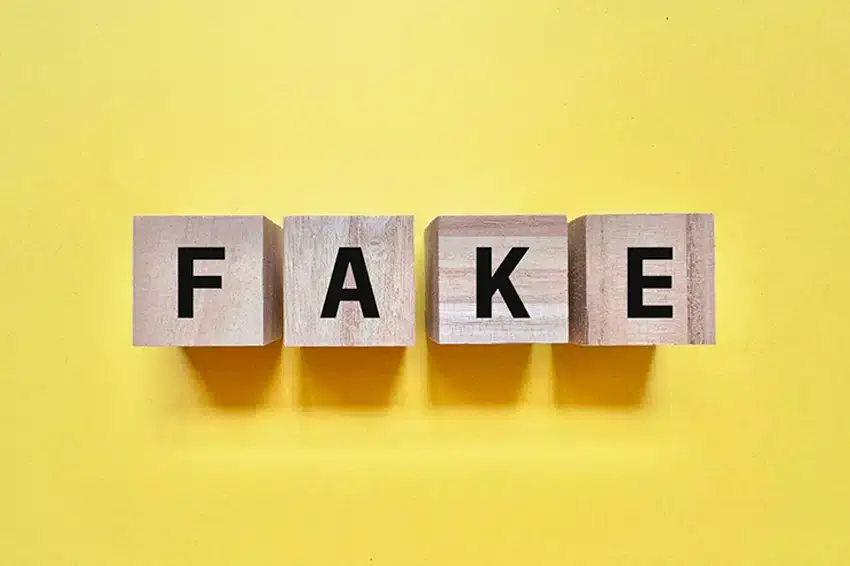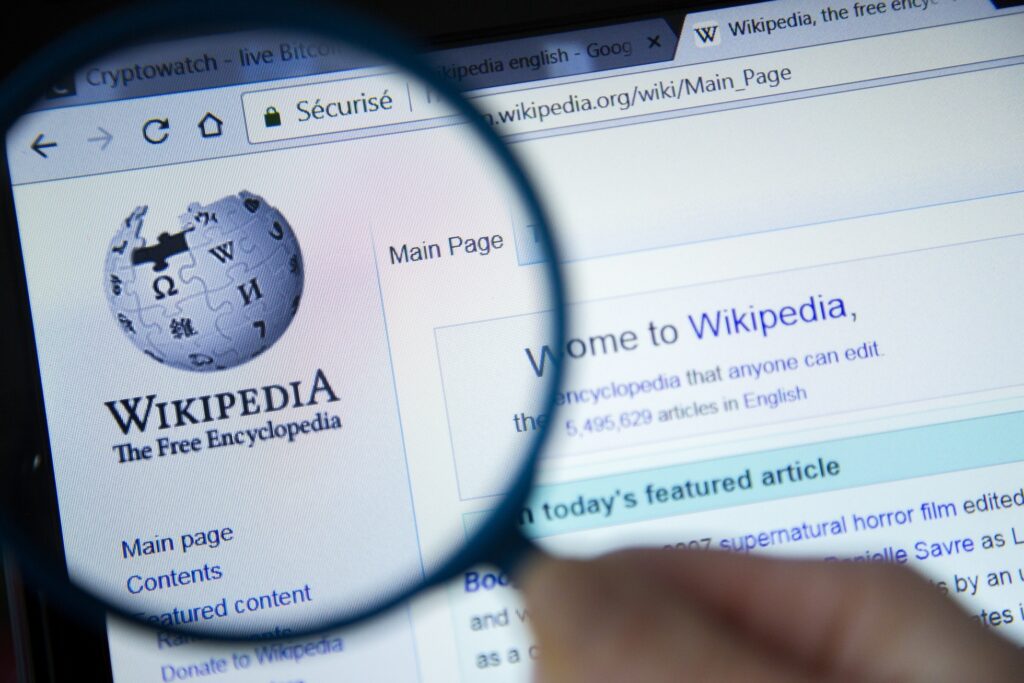Understanding the Law on Revenge Porn: Explaining the Penalties and Response Measures

Posting sexual photos of a former partner on social media or making them public in a place where they can be seen by an unspecified number of people constitutes revenge pornography. According to the National Police Agency’s report on “The Status of Responses to Stalking Cases, Spousal Violence Cases, and Child Abuse Cases in 2022 (Reiwa 4)[ja],” there were 1,728 consultations related to revenge pornography in 2022 (Reiwa 4). Of these, 61 cases resulted in arrests for violating the Japanese Anti-Revenge Porn Law, an increase of 14 cases (19.8%) from the previous year, marking the highest number since the law’s enactment.
This article provides a detailed explanation of the Japanese laws pertaining to revenge pornography, the criteria for infringement, and the measures to address it.
What is the Law on Revenge Pornography?

Revenge pornography refers to the act of publishing sexual photos or videos on the internet with the intent to harass or seek revenge. Once such sexual images or videos are made public online, the psychological distress caused is inevitable. Not only are these materials easily disseminated, but they can also remain online almost indefinitely, leading to long-term consequences for the victims.
The Japanese law against revenge pornography was enacted in 2014 (Heisei 26), following the Mitaka stalker murder case in October 2013 (Heisei 25), where the perpetrator uploaded sexual photos and videos of the victim to adult websites. The official name of the law is the “Act on the Prevention of Damage Related to the Provision of Private Sexual Image Records.”
The purpose of the Act on the Prevention of Damage Related to the Provision of Private Sexual Image Records is to prevent the infringement of personal honor and the peace of private life by prohibiting the publication and distribution of sexual or nude images and videos.
Source: Act on the Prevention of Damage Related to the Provision of Private Sexual Image Records[ja]
Criteria for Violating the Law Against Revenge Pornography

Distributing private sexual images can constitute a violation of the law against revenge pornography. Private sexual images refer to tangible objects (such as photographs, DVDs, USB drives) that record images or videos of the following three categories as defined by Article 2 of the Japanese Act on the Prevention of Damage Caused by the Provision of Private Sexual Images (2023).
- The appearance of a person engaged in sexual intercourse or similar acts.
- The appearance of a person involved in an act of touching someone else’s sexual parts (referring to genitals, anus, or nipples, and the same shall apply in this item and the next) or being touched by another person, in a manner that arouses or stimulates sexual desire.
- The appearance of a person who is not wearing all or part of their clothing, in which their sexual parts (referring to genitals or their surrounding area, buttocks, or chest) are exposed or emphasized in a way that arouses or stimulates sexual desire.
Citation: Japanese Act on the Prevention of Damage Caused by the Provision of Private Sexual Images[ja]
Images that may fall under revenge pornography include, but are not limited to:
- Sexual photos taken with the promise that they would not be shown to anyone else.
- Nude photos taken by oneself with the intention of showing them only to a romantic partner.
- Sexually explicit voyeuristic videos taken by a third party.
However, the following cases do not fall under revenge pornography:
- Images or videos for which the subject (victim) has given consent to be photographed with the understanding that they may be seen by third parties.
- Adult videos and gravure (glamour photography).
Images or videos where the subject (victim) cannot be identified do not qualify as revenge pornography. However, even if the face is not shown, if the subject can be identified, there is a risk of violating the law against revenge pornography.
Penalties Under the Law Against Revenge Pornography

The following two actions are punishable under the Japanese Law Against Revenge Pornography:
- Disclosure Offense
- Intent to Disclose Offense
Here, we will explain the details and provide specific examples of each.
Disclosure Offense
A person may be charged with a Disclosure Offense in the following cases:
- Providing a private sexual image to an unspecified number or to many people through electronic communication, in a way that allows the identification of the person depicted (Japanese Law Against Revenge Pornography, Article 3, Paragraph 1)
- Providing a private sexual image to an unspecified number or to many people, or openly displaying it (Article 3, Paragraph 2)
“Openly displaying” refers to placing the image in a state where it can be recognized by an unspecified number or by many people. If found guilty of a Disclosure Offense, the penalty can be imprisonment for up to three years or a fine of up to 500,000 yen.
It is important to note the phrase “an unspecified number or to many people” when considering the Disclosure Offense. For example, providing a sexual image to just one person does not constitute a Disclosure Offense. In this case, it may fall under the Intent to Disclose Offense.
[Specific examples of Disclosure Offense]- Posting and spreading a sexual image on social media
- Posting a sexual image on an internet bulletin board
- Sending a sexual image via email to an unspecified large number of people
- Posting or scattering nude photos in a public place
Intent to Disclose Offense
A person may be charged with an Intent to Disclose Offense in the following case:
- Providing a private sexual image through electronic communication, or providing a physical copy of a private sexual image, with the intent to induce others to commit a Disclosure Offense (Japanese Law Against Revenge Pornography, Article 3, Paragraph 3)
If found guilty of an Intent to Disclose Offense, the penalty can be imprisonment for up to one year or a fine of up to 300,000 yen.
The Intent to Disclose Offense does not specify “an unspecified number or to many people.” Therefore, even if an image is provided to just one person, if it is accompanied by a request to spread it, it can lead to charges of Intent to Disclose Offense.
[Specific examples]- Requesting someone to spread a sexual image on social media
- Providing a nude image of an ex-partner via LINE to an acquaintance with the intent to spread it
- Asking someone to post a sexual photo in a public place where it can be seen by the public
Examples of Legal Punishment for Revenge Pornography

What kind of incidents fall under revenge pornography? Here, we will explain cases where individuals were actually punished under the Japanese Anti-Revenge Porn Law.
A Case Where Posting Nude Photos of an Ex-Partner on Social Media Led to a Guilty Verdict
Let us introduce a case that resulted in a criminal conviction for the first time after the enactment of the Japanese Anti-Revenge Porn Law.
An incident occurred where an individual threatened to spread photos via LINE to his ex-girlfriend and subsequently posted multiple nude photos of her on X (formerly Twitter).
The judge stated that “the victim suffered significant emotional distress and damage to her personality,” and handed down a sentence of 2 years and 6 months imprisonment with a 4-year suspended sentence with probation (prosecution demanded 3 years imprisonment).
Reference: Kanaloco|Man Found Guilty of Revenge Porn in Yokohama District Court, First Case Applying the Law[ja]
A Case of Arrest for Selling Voyeur Videos Online
There was a case where an individual was initially arrested for violating the Metropolitan Nuisance Prevention Ordinance (voyeurism) for filming women in a restroom. However, further investigation revealed that he had posted the voyeuristic videos on a sales intermediary site, leading to his re-arrest for violating the Japanese Anti-Revenge Porn Law.
When hearing about revenge pornography, one might typically imagine crimes committed by ex-lovers or former spouses. However, as in this case, the publication of images or videos taken without consent by strangers also falls under the violation of the Japanese Anti-Revenge Porn Law.
Reference: Tokyo Sports Web|Man Rearrested for Indiscriminate Restroom Voyeurism, Reason for Applying the Anti-Revenge Porn Law[ja]
Penalties Beyond the Japanese Revenge Porn Law

Posting or disseminating sexual photos and videos can constitute a crime, even beyond the Japanese Revenge Porn Law. The following three offenses are commonly cited in such cases:
- Distribution of Obscene Materials
- Defamation
- Public Display of Child Pornography
Here, we will explain the details and penalties associated with each offense.
Distribution of Obscene Materials
Individuals who distribute or publicly display obscene writings, drawings, or media containing electromagnetic records are subject to prosecution for the crime of distributing obscene materials under Article 175 of the Japanese Penal Code (刑法第175条). If the purpose is for compensation, mere possession or storage of electromagnetic records can also constitute the crime of distribution of obscene materials.
Distribution refers to the act of widely disseminating to an unspecified or large number of people, and does not apply when provided only to specific individuals.
Those convicted of the crime of distributing obscene materials may face imprisonment for up to two years or a fine of up to 2.5 million yen, or both, in addition to a petty fine.
Petty fine: A monetary payment ordered to be between 1,000 yen and less than 10,000 yen.
Source: Article 175 of the Japanese Penal Code (Distribution of Obscene Materials)[ja]
Defamation
Defamation refers to the act of publicly diminishing someone’s social reputation. If a person’s honor is tarnished by the public release of private sexual images to an unspecified number of people, they may be charged with the crime of defamation under Article 230 of the Japanese Penal Code (刑法第230条).
While the law against revenge pornography specifically targets the act of publishing or providing images, defamation also includes the act of spreading images or videos that have already been made public.
If found guilty of defamation, the punishment can be imprisonment for up to three years or a fine of up to 500,000 yen.
Source: Article 230 of the Penal Code (Defamation)[ja]
For more detailed information on defamation, please refer to the following article.
Related Article: What are the Conditions for Filing a Defamation Lawsuit? Explaining the Requirements and the Range of Compensation for Damages[ja]
Public Display of Child Pornography Crime
If the subject of the photograph or video is under 18 years old, it also falls under the Japanese Act on Prohibition of Child Pornography. The violation pertains to providing child pornography to an unspecified number of people or openly displaying it. (Japanese Act on Prohibition of Child Pornography, Article 7, Paragraph 6)
Child Pornography: Nude images of children, sexually explicit photographs, or any other object that contains electronic records related to such materials.
If charged with the crime of publicly displaying child pornography, one may face imprisonment for up to five years, a fine of up to 5 million yen, or both. The Japanese Act on Prohibition of Child Pornography also deems the following actions illegal:
- Possessing child pornography for the purpose of satisfying one’s own sexual curiosity
- Causing a child to send sexually explicit images
Response to Suspected Violations of Revenge Porn Laws

If your sexual images have been published on the internet or provided to an unspecified number of people, it may constitute a violation of the Japanese Revenge Porn Law. This article explains the steps you should take if such an incident occurs.
Criminal Complaint
Even if you discover an act that violates the Japanese Revenge Porn Law, punishment is not automatic. Both the crime of publication and the crime of providing with the intent to publish are subject to a complaint by the victim, making a formal accusation essential. (Article 3, Paragraph 4 of the Japanese Act on the Prevention of Revenge Porn)
If you believe that the Japanese Revenge Porn Law has been violated, you should submit a criminal complaint to the police. When filing a criminal complaint, drafting the complaint and dealing with the investigation can be challenging to handle alone. Consulting with a lawyer not only provides you with appropriate advice but also support in preparing documents and handling procedures.
While you can also file a report of victimization with the police, this document merely communicates the fact that you have been victimized to the investigative authorities. To seek punishment for the offender, a formal accusation is necessary.
Claim for Damages
In addition to criminal penalties, if someone violates the Japanese Revenge Porn Law, you can claim compensation for emotional distress as a civil liability. (Article 709 of the Japanese Civil Code) The amount of compensation varies depending on how widely the images or videos were distributed and their content, but it tends to be higher than in typical defamation cases.
The process for claiming damages is as follows:
- Send a written demand for damages to the suspect.
- Engage in settlement negotiations.
There may be cases where the suspect does not agree to pay damages or settlement negotiations do not conclude successfully. In such instances, it may be necessary to consider using the courts.
Furthermore, in cases of revenge porn, you may not want to face the offender. By hiring a lawyer, you can have them act as your representative in settlement negotiations or handle the litigation process on your behalf.
If you would like to know more about other methods of dealing with revenge porn or detailed information on compensation for emotional distress, please refer to the article below.
Related article: Consultation Resources for Revenge Porn Victims: Introducing Different Situations and Explaining How to Deal with Them![ja]
Summary: Consult a Lawyer for Revenge Porn Victim Support

The Japanese Anti-Revenge Porn Law regulates the act of publishing or distributing sexual photos and videos on the internet to an unspecified number of people. Violating this law can result in imprisonment or fines.
However, even if a violation of the Anti-Revenge Porn Law is discovered, no punishment will be administered without a formal complaint from the victim. If you decide to file a complaint on your own, there are numerous tasks to undertake, such as gathering evidence and drafting the complaint.
Delay in filing a complaint can lead to further dissemination of the published images. If you wish to respond swiftly and effectively, it is advisable to consult a lawyer.
Guidance on Measures by Our Firm
Monolith Law Office is a law firm with extensive experience in IT, particularly in both the internet and legal fields. In recent years, the spread of reputational damage and defamation online has caused serious harm, known as “digital tattoos.” Our firm provides solutions to combat these “digital tattoos.” Please refer to the article below for more details.
Areas of practice at Monolith Law Office: Digital Tattoo[ja]
Category: Internet





















